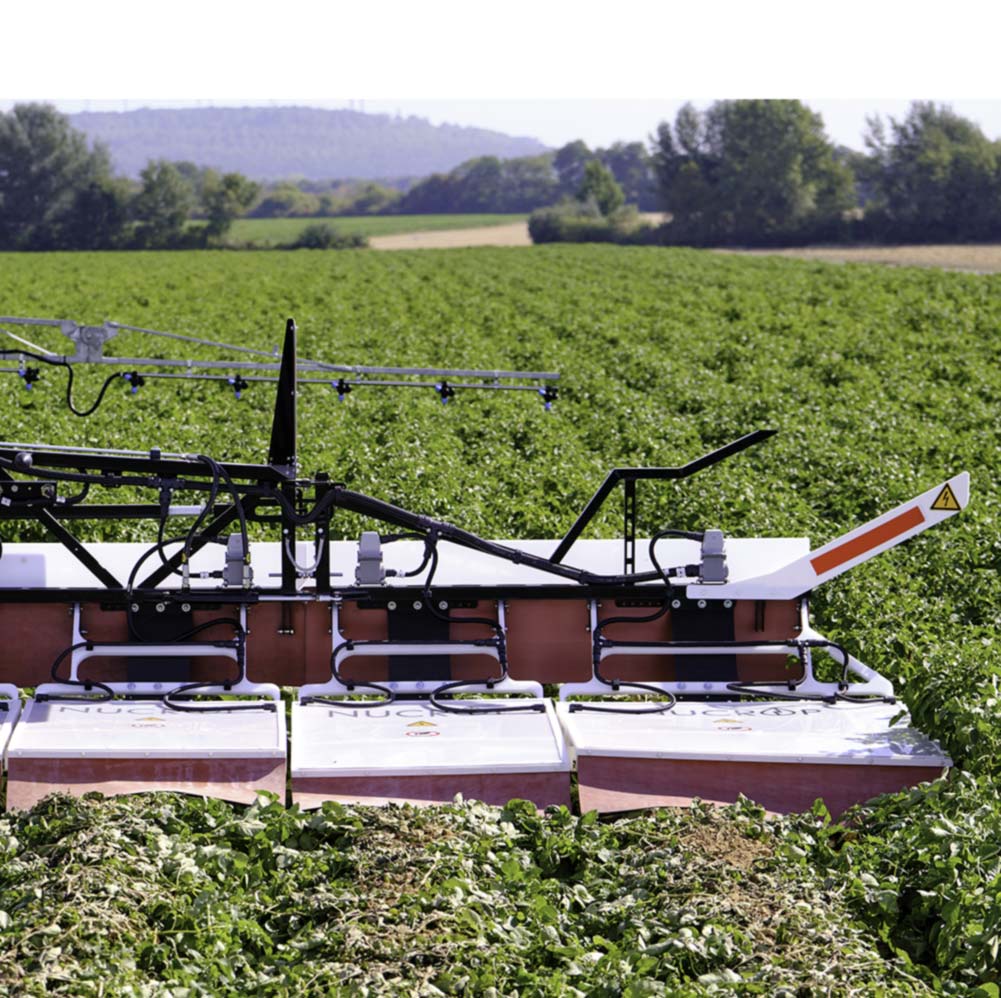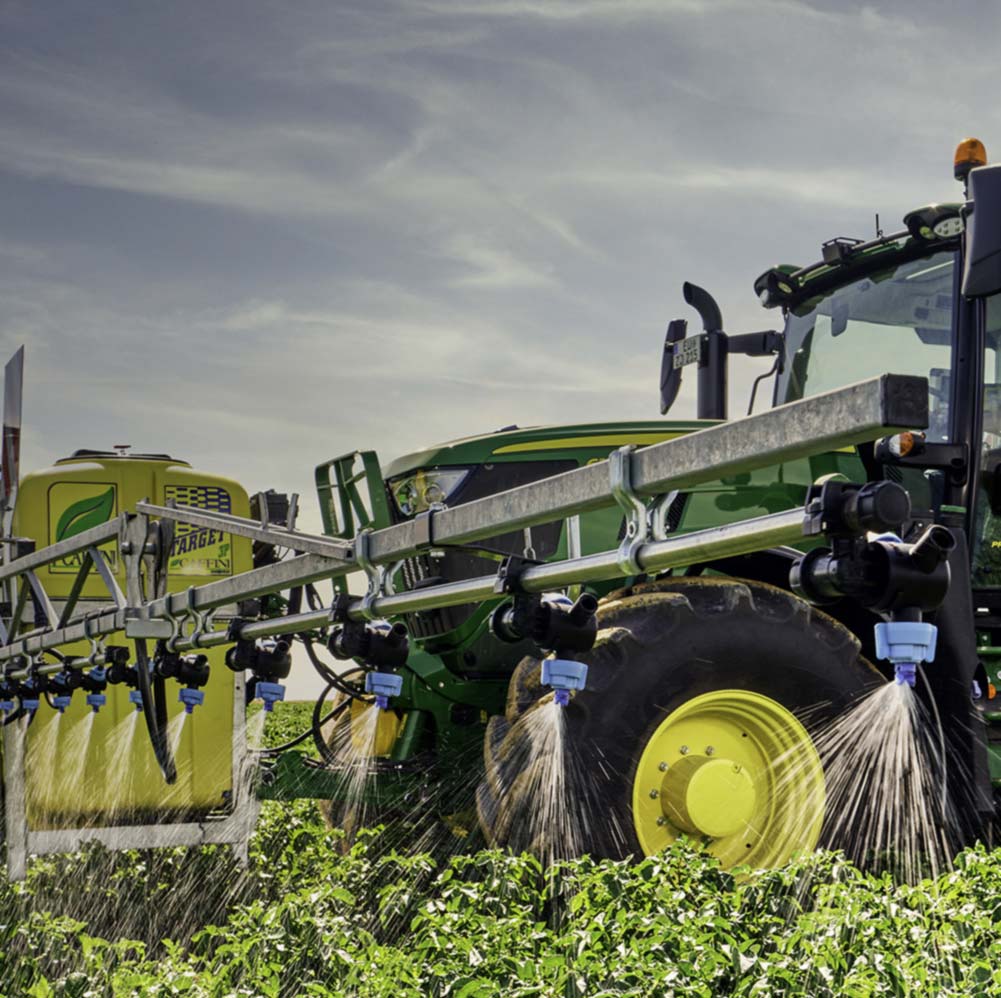
What are the risks of using glyphosate?
Glyphosate is the most widely used herbicide in the world. It has an impact on individual organisms and ecosystems with its application rate and main effects that are not fully understood. This presumably leads to risks in very different areas, and scientific knowledge is still growing rapidly and significantly. This is one of the reasons that make it difficult to make a final assessment about further use. Some known risks are listed here.
Large-scale use reduces the food base for many animals and also reduces the number of unproblematic co-weeds that are parts of specific food chains and important building blocks of biodiversity. Glyphosate also occurs in surface waters.
Vital bacteria in the guts of insects in particular are also harmed. Other non-target organisms and the soil ecology as a whole are also affected by the bactericidal effects corresponding to its mechanism.
More and more plants are becoming resistant to glyphosate, leading to increased herbicide use and reduced yield.
Glyphosate can accumulate in the soil during high use and be released after phosphate fertilizer application, damaging plants.
Humans, probably users in particular, appear to have an increased correlated risk of cancer, according to some studies, although a mechanism has not yet been determined. Other health risks beyond minor acute toxicity are discussed.

crop.zone
volt.cube
Robust and extremely powerful – the volt.cube supplies the electrical energy.

crop.zone
volt.apply
Working widths of up to 12 m allow fast and safe siccation.

crop.zone
volt.fuel
The residue-free liquid lowers the electrical resistance of the plants.
crop.zone is the specialist when it comes to herbicide-free siccation. The professional technology in our machines enables safe, efficient and cost-effective harvest preparation. With our technologically advanced system, a first-class quality of the harvested products is achieved and at the same time the soil is protected. crop.zone offers the solution for an ecological, sustainable agriculture and thus makes its contribution to the future of our planet.
Do you have questions? – Call us!

